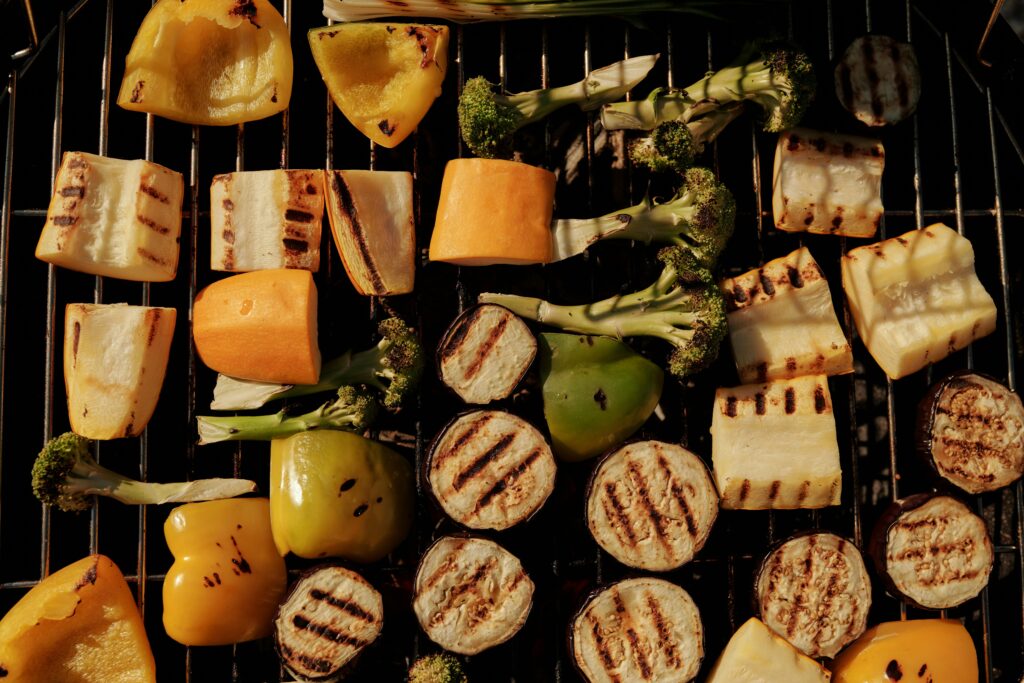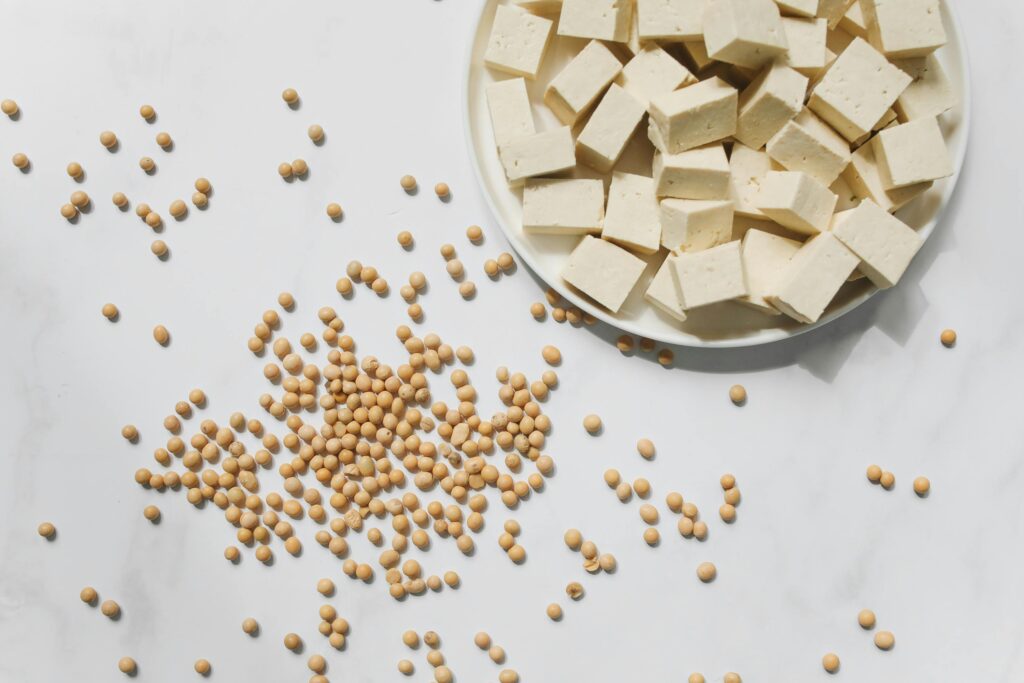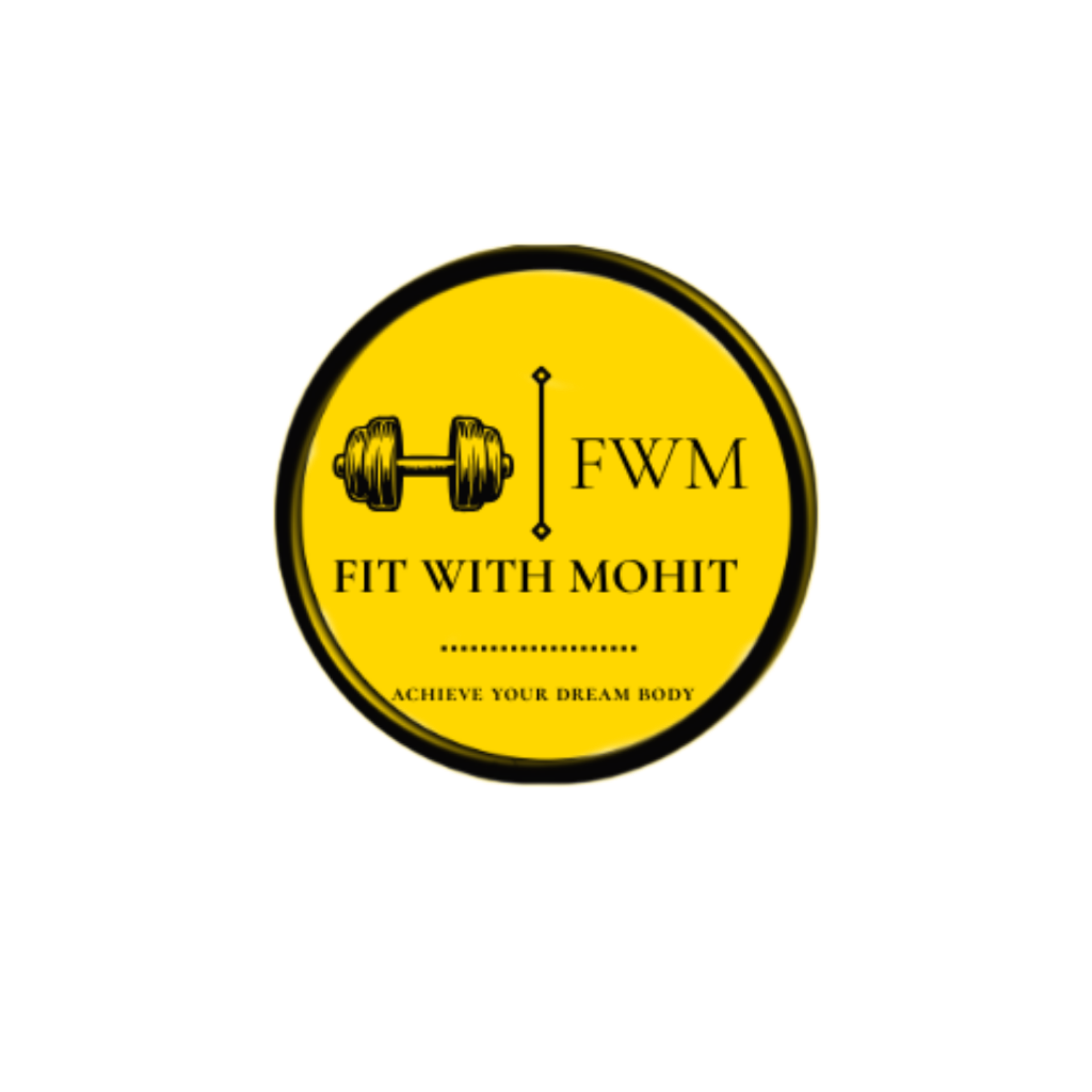high protein vegan diet Plan

If you are looking for a high protein vegan diet plan but you are afraid that you wont get enough protein then you are wrong. Its Loaded with plenty of plant-based protein, you’ll forget you’re not eating meat.
Table of Contents
misconception about High Protein vegan diet
One of the most common questions that come up that eating high protein vegan diet plan is that how to get enough protein when you don’t eat non veg protein sources. The reality is that it’s fairly simple to get plenty of protein on a vegan diet with all the plant based protein out there like tofu, beans, lentils, plant protein shakes, and high-protein whole grains, like quinoa. Incorporating a wide variety of these vegan proteins throughout the day ensures you’re getting all the protein you need. But it what vegan diet lacks is the complete amino acid profile. They don’t have 9 essential amino acids which are present in the non vegetarian diet.
Whether your motivation to eat more plant-based meals is ethically- or environment friendly (or both), a vegan diet also has plenty of health benefits. In fact, research like a 2022 review in Cureus reports that the advantages of a plant-based diet include lower rates of cardiovascular disease risk, likely due to decreased intake of animal fat and a higher-fiber d
High protein vegan Diet sources

Many of these vegan protein sources are also high in fiber, include healthy fats and have plenty of other important nutrients to make for a balanced diet. Here are some popular plant-based foods, along with how much protein each one contains
- BEANS
Its completely up to you whether you take kidney beans, black beans, or chickpeas this healthy protein provides you up to 15 grams of protein per cup. As they are rich sources of vitamins, minerals, and fiber, they may offer a variety of health benefits, such as aiding weight management, improving digestion, and reducing your risk of disease.
- LENTILS
This high-fiber legume provides. Lentils are a rich source of protein making them a great alternative to meat or fish. As much as a third of the calories from lentils comes from protein, which makes lentils the third highest in protein, by weight, of any legume or nut. they contain 18 grams of protein per cup.
- TOFU
One of the best sources of plant protein in vegan diet is tofu. Its high in minerals like calcium. It has a complete amount of 9 essential amino acids in it which your body need. Tofu may support heart health. The U.S. Food and Drug Administration (FDA) notes that eating 25 grams of soy protein a day (about two 100-gram servings of tofu) is linked to a lower heart disease risk.
- EDAMAME SEEDS
Edamame is rich in fiber, potassium, magnesium, and isoflavones, which can help reduce cholesterol levels. Edamame contains calcium and magnesium, which can help keep bones and teeth strong. Edamame’s high fiber content can help you feel full and reduce overeating. 1 cup of edamame serves 17 grams of protein.
- SPINACH
A powerful green vegetable low in calorie that contains many vitamins and minerals. Spinach contains lutein and zeaxanthin, which are antioxidants that can help prevent age-related eye diseases like cataracts and macular degeneration. Spinach is a leafy green vegetable that’s high in vitamin K1, which helps blood clots. It has 5 grams of protein per cup.
Often mentioned as a superfood, quinoa is a complete protein which means it has all the 9 essential amino acid in it. Quinoa is gluten-free and packed with nutrients like protein, zinc, fiber, folate, and antioxidants. Half cup cooked quinoa has 4 to 5 grams of protein in it.
- TEMPEH
Tempeh is a nutritious soy product that is high in protein and fiber, and low in fat. It contains many vitamins and minerals, including calcium, magnesium, manganese, iron, copper, and phosphorus. Tempeh is also a good source of B-vitamins, except for vitamin B12. Made from fermented soybeans, tempeh provides 34 grams of protein.
- SEITAN
Seitan’s primary benefit is its high protein content, making it a great plant-based protein source for vegetarians and vegans, while also being low in calories and fat. Made from wheat gluten. Seitan can be easily incorporated into various dishes due to its neutral flavor and ability to absorb flavors from marinades and seasonings. Seitan contains a decent amount of minerals like iron, calcium, and selenium, contributing to overall nutritional value. Half cup of seitan has 34 grams of protein.
- NUTS
They are an excellent source of protein, good fats, fiber, vitamins and minerals. Nuts contain unsaturated fats, which can lower bad cholesterol levels. They also contain omega-3 fatty acids, which may reduce the risk of heart attacks and strokes. Nuts can help regulate body weight because their fats are not fully absorbed. Fiber in nuts can also help you feel full and eat less. Nuts contain vitamins and antioxidants that can improve brain function. Almonds have 7.5 grams of protein in 1/4 cup.
Vegan vs vegetarian
The main difference between vegetarians and vegans is that although vegetarians do not eat meat. (including cows, pigs, chicken, and fish), they consume dairy products, eggs, or both. The vegan diet excludes all products with animal-based ingredients.
The vegan diet is more restrictive. So people will need to think more about where their nutrients are coming from to ensure that they meet their daily dietary requirements.
Vegans and vegetarians choose not to eat meat. However, there are some differences. Veganism is stricter than vegetarianism, and also prohibits dairy, eggs, honey, and any other items that derive from animal products, such as leather and silk.
According to the vegetarian society, a vegetarian is someone who does not eat any meat, poultry, game, fish, shellfish, or by-products of animal slaughter.
Vegetarian diets contain various levels of fruits, vegetables, grains, pulses, nuts, and seeds.
The inclusion of dairy, honey, and eggs depends on the type of diet you follow.
People who do not eat meat or poultry but do consume fish are considered pescatarians. Whereas part-time vegetarians are often referred to as flexitarians. Although they’re sometimes considered vegetarians, pescatarians and flexitarians do eat animal flesh. So they do not technically fall under the definition of vegetarianism.
A vegan diet can be viewed as the strictest form of vegetarianism.
Veganism is currently defined by the Vegan society as a way of living that attempts to exclude all forms of animal exploitation and cruelty as much as possible.
This includes exploitation for food and any other purpose.
So, a vegan diet not only excludes animal flesh, but also dairy, eggs, and other ingredients that come from animals.
Vegans also choose to avoid all animal by-products because they believe this has the largest impact on their health and the environment.
In terms of ethics, vegetarians are opposed to killing animals for food, but generally consider it acceptable to consume animal by-products such as milk and eggs, as long as the animals are kept in adequate conditions.
On the other hand, vegans believe that animals have a right to be free from human use, whether it’s for food, clothing, science, or entertainment..
